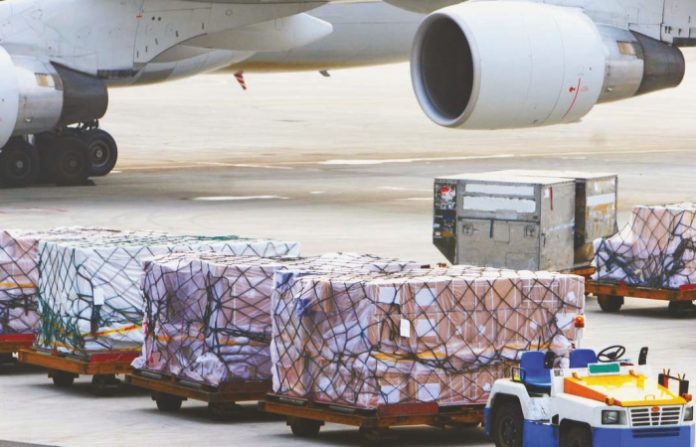Worldwide, March 2021 was only marginally lower than the same month in 2018 and 2019 with YoY load factor improvements in each of the three first months of 2021, range between 15 and 20 per cent-points. According to WCD, airlines are clearly able to use their cargo space much more efficiently than in the past.
According to the data provider WorldACD, air cargo’s final March figures show a year-on-year (YoY) worldwide growth of 21 per cent. The YoY change in the period March 1-15, 2021, stood at -0.2 per cent, but the YoY growth in the second half of the month was +44 per cent, making March the most two-faced month in air cargo living memory. “A clear reminder that the first lockdown started to bite air cargo by mid-March 2020,” says the data provider.
“We looked at volume developments for the 30 largest markets first. For six of them (the origins USA Atlantic South, USA Midwest, Taiwan, Thailand, Belgium and Kenya), March 2021 was simply the best month since January 2018. The same was true for the destination markets China-East, South Korea, Japan, Belgium, the Netherlands and USA-Midwest. Other top-origins, notably China North East and Central, France, UK, India, and Australia, have not yet recovered. Their month of March remained more than 20 per cent below their best month over the past three years. This is also the case for the destinations Australia, Canada East, China Northeast, Spain, South Africa and USA Northeast.
Worldwide, March 2021 was only marginally lower than the same month in 2018 and 2019. This is the more remarkable when taking into account the enormous reduction in cargo capacity. YoY load factor improvements in each of the three first months of 2021, range between 15 and 20 per cent-points; airlines are clearly able to use their cargo space much more efficiently than in the past,” says WorldACD.
For the full first quarter of 2021 (Q1), chargeable weight worldwide was 7.7 per cent above Q1-2020, but still two per cent below Q1-2019. The categories Vulnerable & High-Tech, Flowers and Live Animals, however, did better than in Q1-2019, the first-mentioned by an impressive 22 per cent. Compared with Q1-2019, the 10 largest forwarders gained considerable market share in Africa (+2.4 per cent-points) and Central & South America (+3.3 per cent-points), but lost share in the Northern hemisphere, ranging from a loss of 0.4 per cent-points in the Middle East & South Asia (MESA) to a loss of 2.7 per cent-points in Europe.
Until the financial crisis of more than 10 years ago, a country’s air cargo growth was often double the growth of the country’s economy; this 2:1 ratio moved downwards since. Yet, it may be back to the old level in China. According to The Economist, China’s economy grew by 18.3 per cent YoY in Q1. In the same period its outbound air cargo increased by 39 per cent and its inbound by an even higher 41 per cent. To no one’s surprise, China leads the Q1 air cargo growth tables by a large margin. The whole Asia Pacific area increased by 19 per cent YoY (outbound), followed by the Americas (+10 per cent YoY in the north, +6 per cent YoY in central & south). Europe and Africa remained the same, whilst the origin MESA dropped by 10 per cent YoY.
Since the start of the pandemic, the most drastically changed figures are those on rate developments. The Q1 YoY rate increase of 64% puts the much smaller volume gains in a rather different light. Not only do the rate increases highlight the capacity shortage and the short term financial influence of the pandemic, they may cause further changes in cargo capacity made available by passenger airlines. After all, with rates on full freighter flights up by 32 per cent YoY, whilst those on passenger aircraft almost doubled, airlines could be tempted to take a fresh look at the capacity they make available for
air cargo.
Freighter capacity in March increased 7 per cent-points less than cargo capacity on passenger aircraft, while the worldwide rate increased every week from mid-March to mid-April.













